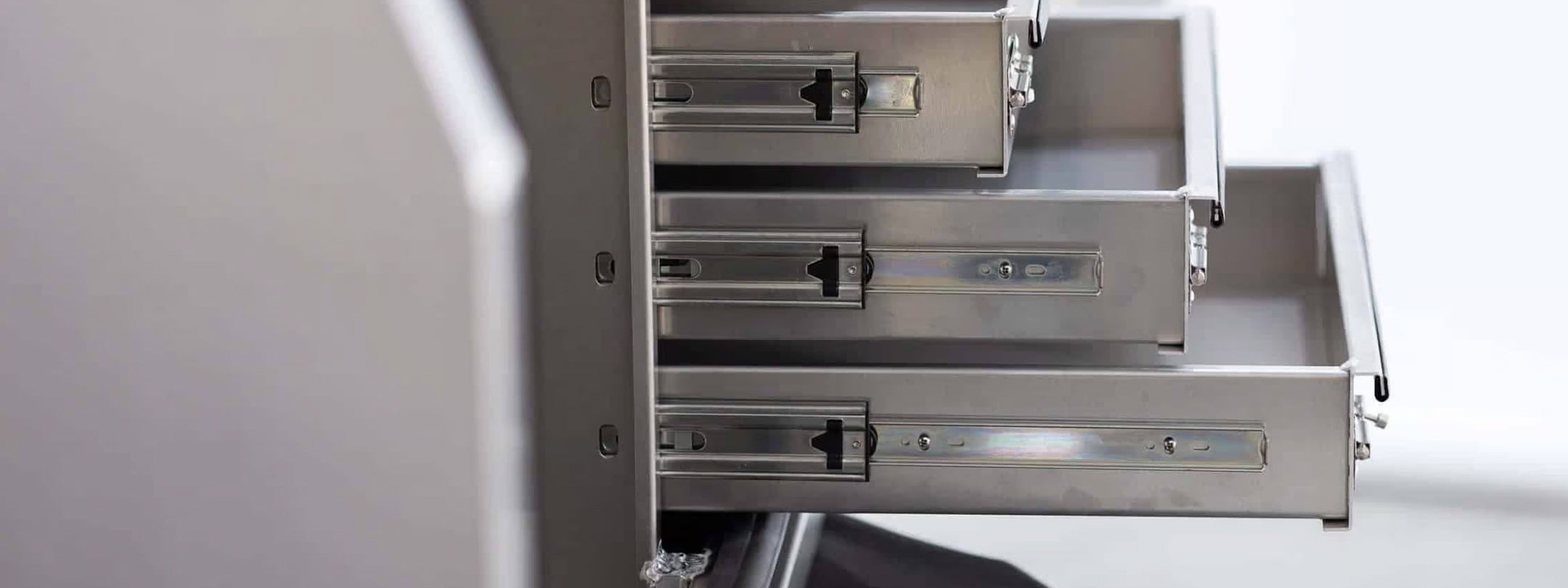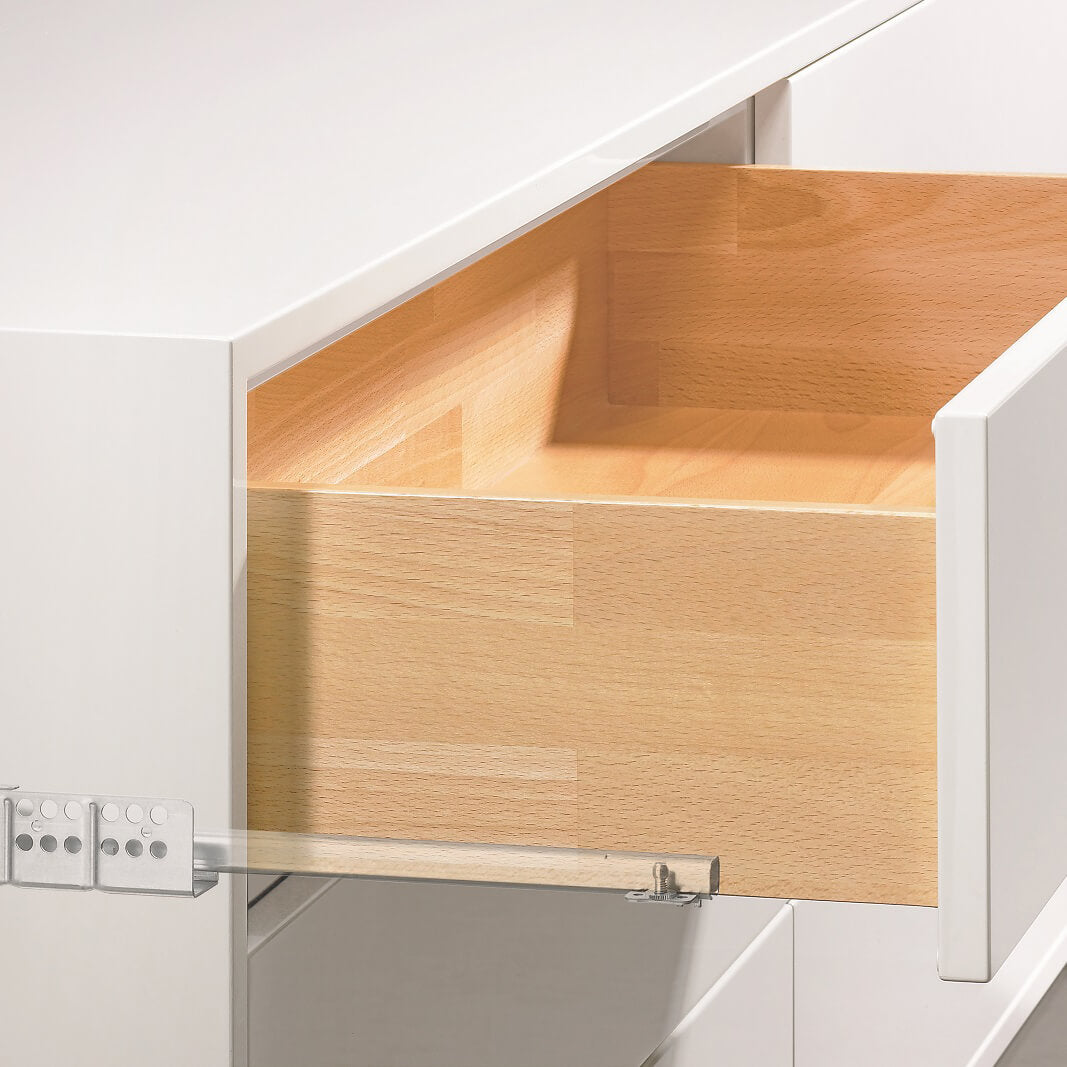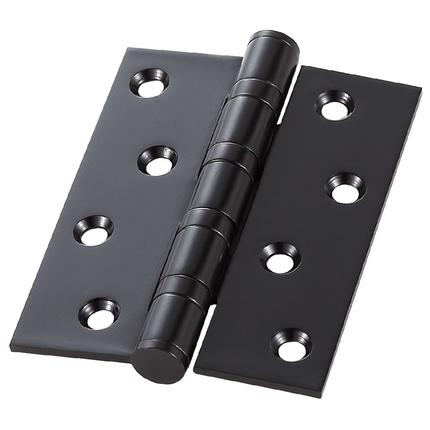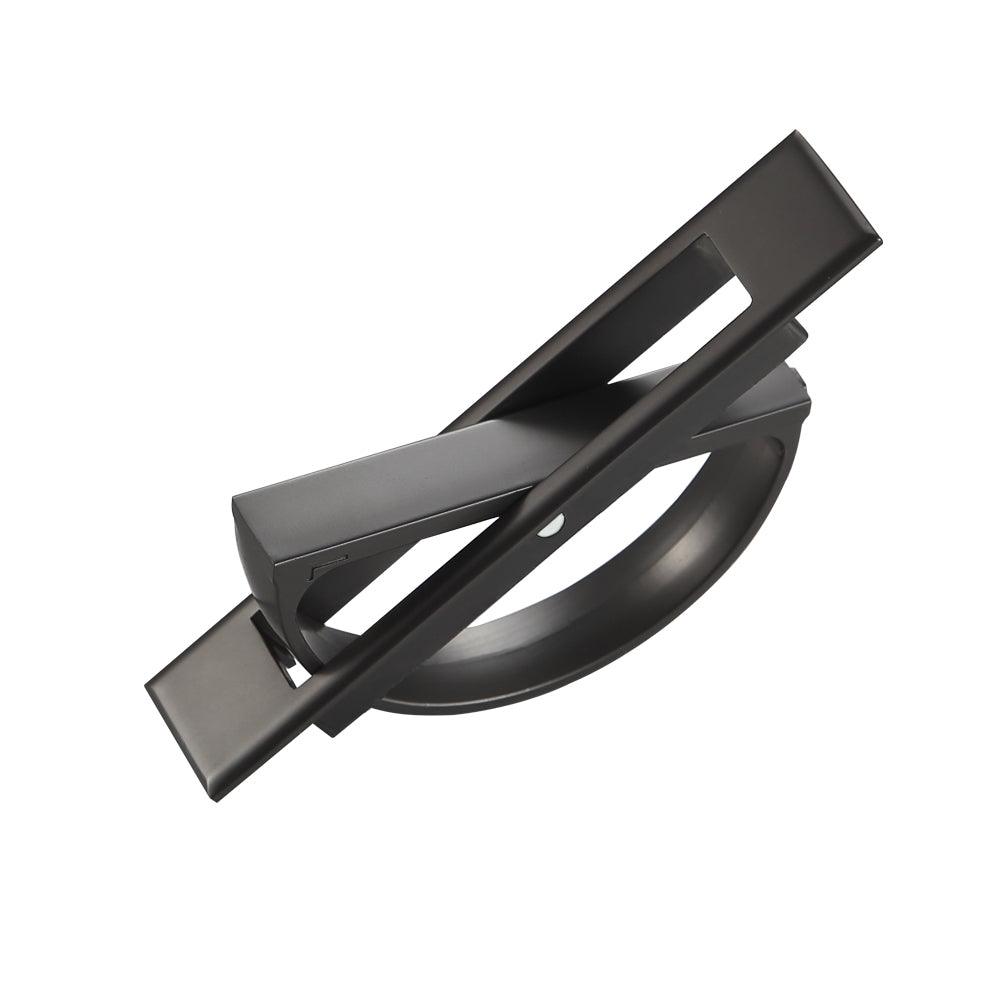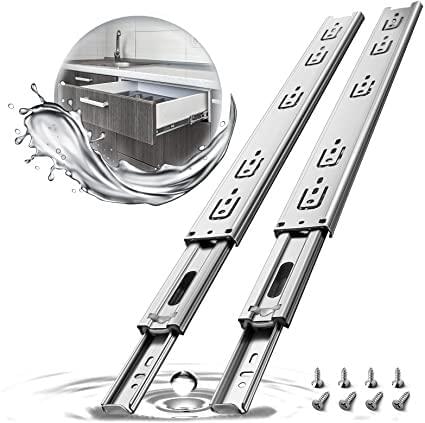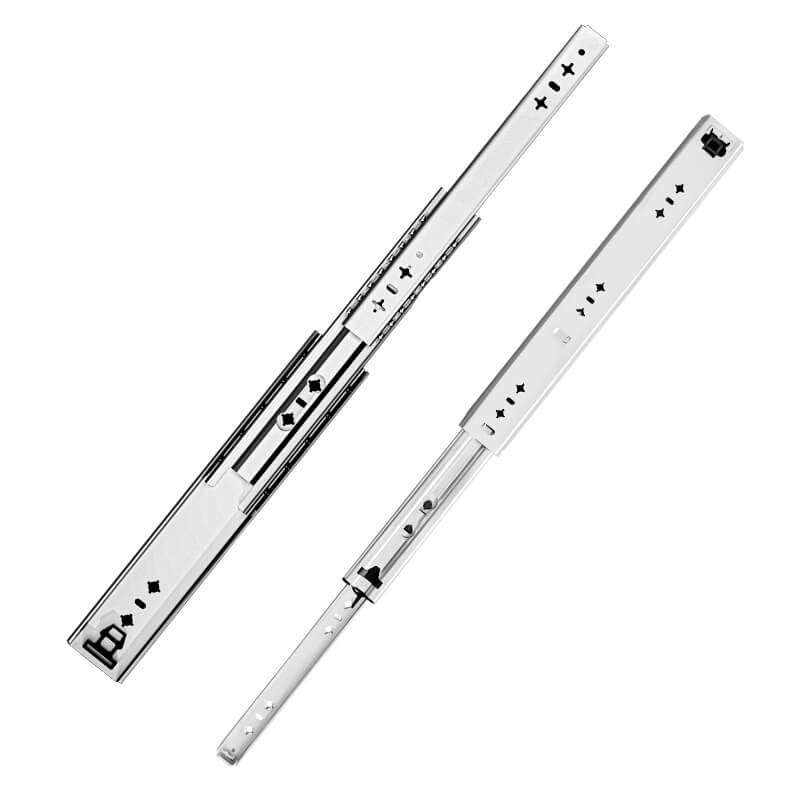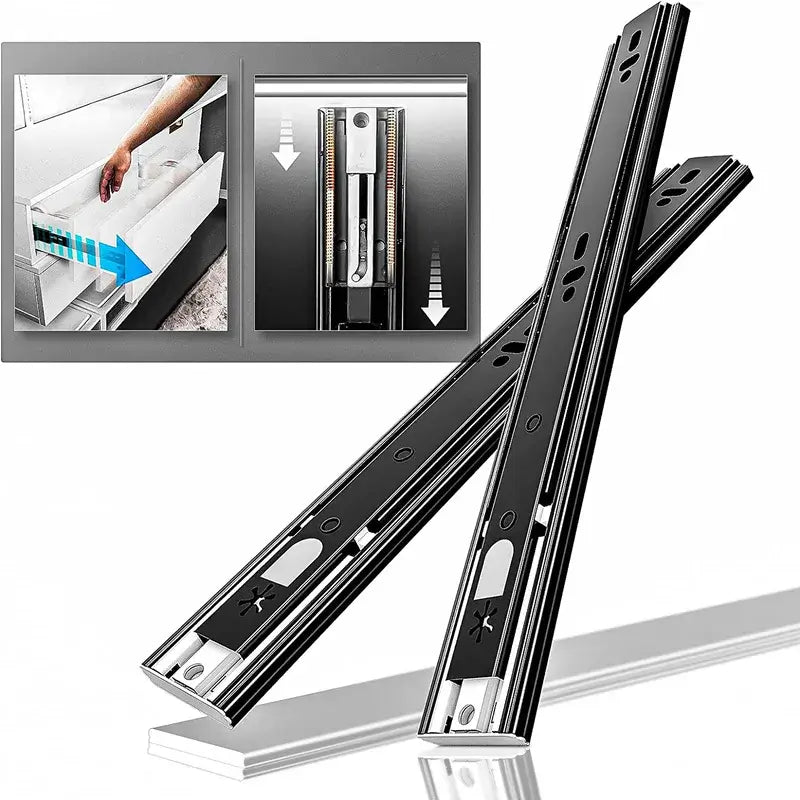Antique furniture hardware, especially drawer pulls, tells a story of craftsmanship, history, and design evolution. Whether you're restoring an heirloom piece, hunting for valuable finds, or simply appreciating vintage aesthetics, knowing how to identify genuine antique drawer pulls is essential.
1. Understanding Antique Furniture Hardware
Before diving into identifying specific types of drawer pulls, it’s important to understand what makes furniture hardware “antique.” In general, items that are more than 100 years old are considered antique, although some collectors may look at pieces that are 50-100 years old as vintage. Hardware from antique furniture has unique characteristics that distinguish it from modern reproductions.
Antique drawer pulls were made with craftsmanship and materials that were available at the time. They often reflect the style and aesthetics of the era in which they were made. Identifying antique hardware requires attention to detail, as even subtle differences in design, materials, and construction techniques can help you determine its age and authenticity.
2. Common Types of Antique Drawer Pulls
There are many different styles of drawer pulls, each reflecting the design trends of specific periods. Below are some of the most common types of antique drawer pulls you might encounter:
Drop Handles
Drop handles were a popular style from the late 17th century through the 19th century. They typically feature a circular ring attached to a decorative backplate. These handles were commonly found on chests, dressers, and cabinets. The backplate often has intricate designs, such as floral motifs or geometric patterns.
Pull Knobs
Simple yet elegant, pull knobs were often used on smaller pieces of furniture like side tables or cabinets. These knobs can be made of a variety of materials, including brass, glass, and wood. During the Victorian era, glass knobs were especially popular, with colorful and decorative designs.
Bail Handles
Bail handles are an extension of the drop handle design. They are made of a U-shaped metal with a decorative backplate. This type of pull was commonly used on larger furniture pieces like dressers and armoires in the 18th and 19th centuries. They are usually made from brass, bronze, or iron.
Tear Drop Handles
Tear drop handles are a popular choice for furniture made during the late 19th and early 20th centuries. These handles are characterized by their teardrop-shaped metal pull. Often, the handle itself is attached to a simple backplate, but it can be more intricate in design depending on the period.
eRing Pulls
Ring pulls, also called finger pulls, are another common feature on antique furniture. They are circular rings that are either attached directly to the drawer or fastened to a decorative backplate. The simplicity of this design often belies the craftsmanship involved in creating it. Ring pulls were especially common on Georgian and Regency-era furniture.
3. Material Used in Antique Drawer Pulls
The material of the hardware is a key factor in identifying the age of the furniture piece. Common materials used in antique drawer pulls include:
Brass
Brass was widely used for hardware throughout the 18th and 19th centuries. It is an alloy made of copper and zinc, known for its durability and attractive golden color. The use of brass was especially popular in Colonial and Victorian furniture. Brass pulls often have a warm, reddish hue that can tarnish over time, giving them a distinctive patina.
Cast Iron
Cast iron hardware was commonly used in the 18th and early 19th centuries. It was frequently used for larger, heavier pieces of furniture. Cast iron pulls have a distinct dark, matte finish and were often hand-forged. The heavy, solid feel of cast iron hardware is a giveaway when identifying antique furniture pulls.
Bronze
Bronze, a combination of copper and tin, was another common material used in antique drawer pulls. Its durability and aesthetic appeal made it a favorite for 19th-century furniture, especially during the Victorian and Art Nouveau periods. Bronze pulls often have an aged, darkened appearance that adds to their antique charm.
Wood
While metal pulls are more common, some antique furniture pieces feature wooden drawer pulls. These pulls are typically found on earlier pieces, such as 17th-century furniture, where wood was the primary material used in both the structure and hardware of the piece. Wooden pulls can be simple or highly decorative, often with carved designs.
Glass
Glass drawer pulls became popular during the Victorian era, particularly in the late 19th century. Glass pulls were often made with intricate patterns or colored glass, and they were frequently used in high-end furniture. The transparency and light reflection of glass make these pulls particularly distinctive.
4. Design and Style of Antique Drawer Pulls
The design and style of a drawer pull can provide valuable clues about the time period and origin of the furniture. Here are a few key design elements to look out for:
Geometric Patterns
In the 18th century, furniture pulls were often decorated with geometric patterns, reflecting the influence of the Rococo and Neoclassical styles. The simple, symmetrical shapes were elegant and clean, and they were often crafted from brass or bronze.
Floral and Nature Motifs
Floral designs were a hallmark of the Victorian era. Many drawer pulls from this time feature intricate floral engravings or castings. The use of nature-inspired motifs, such as vines, leaves, and flowers, was common in the 19th century.
Figural and Symbolic Designs
Some antique drawer pulls feature figural designs, including representations of animals, people, or symbolic objects. These pulls were often used on larger, more decorative pieces of furniture. The figurative details help identify the period and stylistic influences of the piece.
Art Deco and Art Nouveau Styles
During the early 20th century, Art Deco and Art Nouveau styles influenced furniture hardware. Pulls from this period tend to have streamlined, geometric shapes or organic, flowing lines. These designs were often made from materials like bronze or glass and are considered highly collectible.
5. How to Identify Antique Drawer Pulls
To identify an antique drawer pull, follow these steps:
Examine the Material
Start by looking closely at the material. Is it brass, iron, or wood? The material will often provide a first clue about the age of the hardware.
Study the Shape
Look at the shape of the drawer pull. Is it a ring pull, drop handle, or bail handle? The specific design can help you pinpoint the era and style of the furniture.
Inspect the Craftsmanship
Examine the level of craftsmanship. Antique hardware is often handmade or hand-forged, and you can typically see slight imperfections or signs of handwork. Modern reproductions, on the other hand, tend to be more uniform and mass-produced.
Check for Patina
A well-aged patina is a sign of antique hardware. Brass, bronze, and iron pulls will darken and develop a patina over time. If the hardware is too shiny or new-looking, it may not be an antique.
Look for Markings
Some antique hardware features maker’s marks or stamps. These markings can help you trace the manufacturer and date the piece. Common marks include the name of the maker, a patent number, or a logo.
6. Restoring Antique Drawer Pulls
If you find an antique drawer pull that needs restoration, be sure to approach it carefully. Avoid over-polishing, as this can remove valuable patina. Instead, gently clean the hardware with a soft cloth and mild soap and water solution. If the pull is loose, consider replacing the screws with period-appropriate replacements to preserve its authenticity.
7. Conclusion
Identifying antique furniture hardware drawer pulls requires patience and attention to detail. By examining the material, shape, craftsmanship, and patina, you can uncover valuable clues about the age, origin, and authenticity of a piece. Whether you are a seasoned collector or just starting your journey into the world of antiques, knowing how to identify drawer pulls is essential for understanding the true value of your furniture.
As you continue to explore the world of antique furniture, remember that each drawer pull tells a story. Whether it’s a simple brass knob or an ornate floral bail handle, these small pieces of hardware carry with them the history of craftsmanship, design, and culture.



